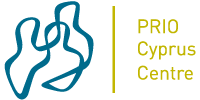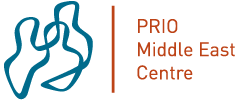How are transnational networks understood from the perspective of resettled refugees?
Research has shown how transnational networks and flows of remittances, goods and information are essential for the livelihoods of Somalis in the Dadaab refugee camps of Kenya (Horst 2006). Since an important part of these exchanges take place between the camps and resettlement countries, the question rises how resettled Somalis view these exchanges. In order to understand this, this paper will discuss three types of connections between Somalis in the region and those in the wider diaspora. In the first place, what kind of material assistance is provided, what are the capacities and constraints that Somalis in the West face in this respect, and does their current position change their willingness to remit (see also Al-Ali et al. 2001)? Secondly, what information exchanges take place, and how does this affect images of lives in the West and migration dreams? Also, does the exchange of such information lead to shared decision making on livelihood strategies in general and migration options in particular by family members, across borders? And thirdly, what migration processes are taking place, related to historical patterns as well as current opportunities? This paper provides some first preliminary answers to these questions through describing the position of Somalis in Minneapolis.






